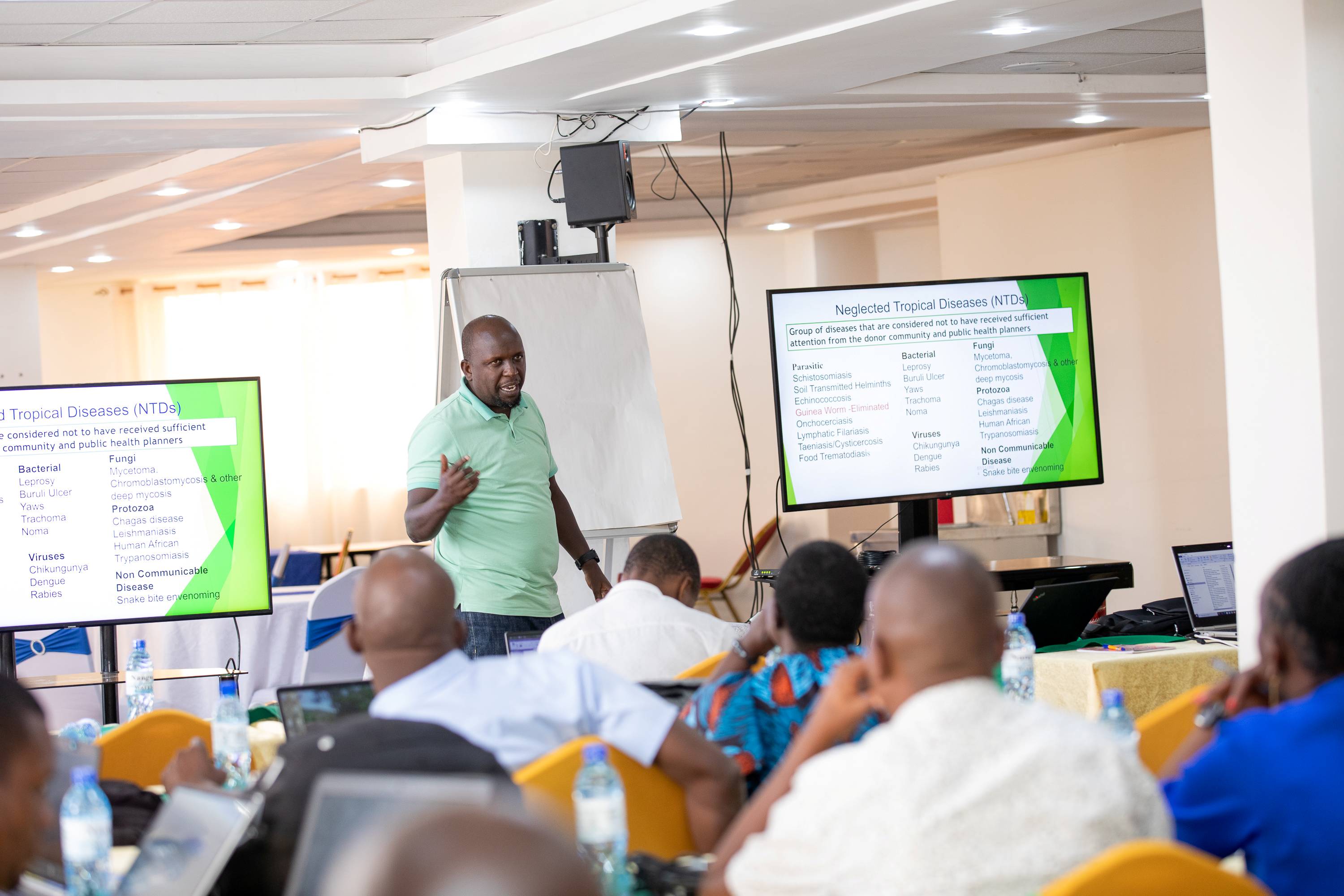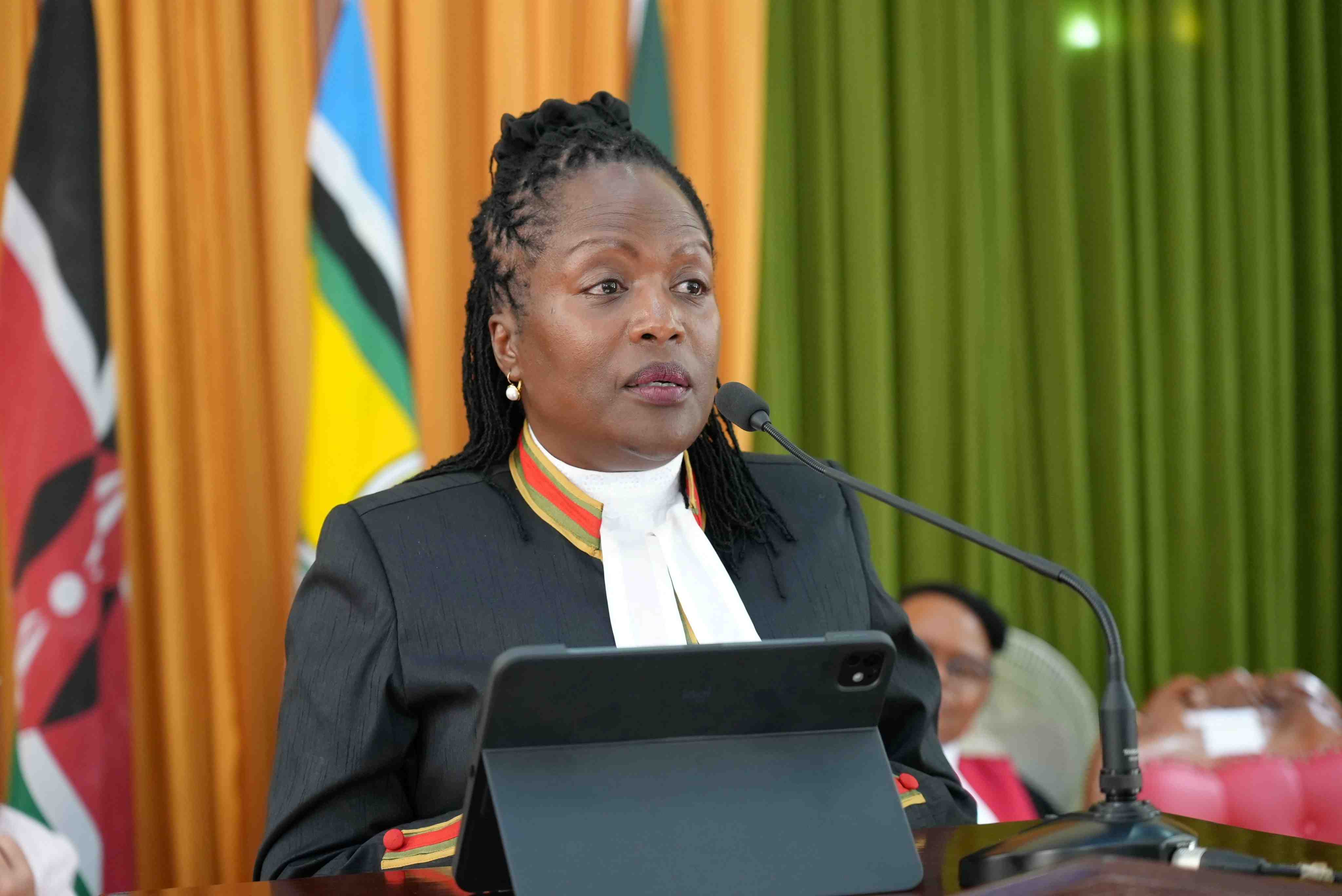Alarm over tropical diseases as counties turn to internal funds

Counties revealed that they are struggling to sustain treatment and prevention programmes for diseases like bilharzia, intestinal worms, trachoma, sleeping sickness and jiggers.
Counties across Kenya are grappling with shrinking donor support in their efforts to eliminate neglected tropical diseases, raising concerns that the country may miss its 2030 target to end these long-overlooked health threats.
During a forum hosted by AMREF in Eldoret, health officials from several counties revealed that they are struggling to sustain treatment and prevention programmes for diseases like bilharzia, intestinal worms, trachoma, sleeping sickness and jiggers.
More To Read
- Poor sleep could age the brain faster, study suggests
- UK, African researchers join forces in Sh1.4 billion battle against bilharzia
- Kenya records landmark milestones in fight against HIV, malaria, TB and sleeping sickness
- Over 600 million Africans still need treatment for neglected tropical diseases, WHO warns
- Duvet covers: Comfort must-have or bedding luxury?
- Kenya officially eliminates sleeping sickness as public health threat, WHO confirms
Many of these diseases, which the World Health Organisation classifies as Neglected Tropical Diseases (NTDs), continue to affect millions across the country.
Vincent Ouma, AMREF Programmes Director for NTDs, warned that counties must start taking full responsibility for tackling these diseases, which have long been addressed through external aid.
“Twenty-five million Kenyans are at risk of one NTD or another. We have 10 million people who require treatment. This is a significant number that demands our attention,” Ouma said.
With donor support on the decline, counties are now being forced to dig into their own budgets.
In Vihiga County, Director of Public Health Martin Osotsi revealed that health centres have had to rely on their Facility Improvement Fund to keep the NTD fight alive.
“For the 2025/26 financial year, we have allocated Sh2.5 million towards elimination efforts. We recognise that donor funding is declining, so health facilities must use their internal collections to support the fight against NTDs,” he said.
Vihiga County Coordinator for NTDs, Phanuel Khaenga, said the most widespread conditions in the area remain jiggers and bilharzia.
In neighbouring Trans Nzoia County, authorities estimate that Sh25 million is needed to properly combat NTDs, especially soil-transmitted worms, jiggers and bilharzia. However, the county has only requested Sh12 million due to budget constraints.
“We require Sh25 million, but due to budget constraints, we have requested Sh12 million to begin the interventions. We hope the County Assembly will approve this amount. We also plan to partner with various stakeholders to help bridge the funding gap,” said Norbert Musundi, the county’s NTDs coordinator.
Bungoma County's Executive for Health, Caroline Makali, echoed the urgency, calling for more exchequer support to sustain efforts aimed at wiping out NTDs.
“To eradicate these diseases by 2030, we must adopt a multi-sectoral approach,” she said. “The budget for addressing neglected ailments is insufficient.” Makali pointed out that intestinal worms are the most common NTD in Bungoma and highlighted the Tongaren area as one of the worst hit.
In Kakamega, Director of Public Health William Olata said bilharzia affects 4.3 per cent of the population while soil-transmitted diseases affect 8.3 per cent.
A donor-backed mass drug administration initiative has helped reduce prevalence.
“However, we are now concerned about maintaining these gains without steady support,” Olata said.
Health officials concluded that unless counties increase funding and coordination, the target of eliminating NTDs by 2030 may remain out of reach.
Top Stories Today











































